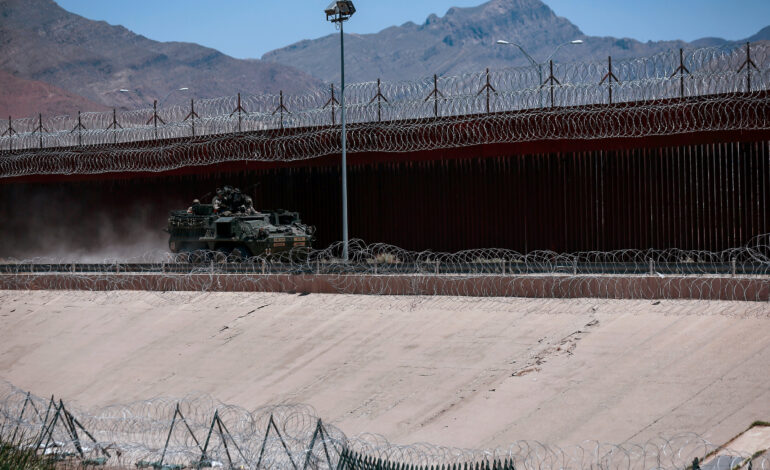
Decades-Low in Illegal Border Crossings Amid Policy Shifts
This article delves into the dramatic decrease in illegal border crossings at the U.S. southern border, reaching their lowest levels in decades. It explores the multifaceted reasons influencing this decline, including policy changes, enforcement measures, and broader social factors, while detailing recent political implications.
Historical Context of Border Crossings
The U.S.-Mexico border has long been a focal point of immigration debates. Over the decades, illegal crossings have fluctuated with economic conditions, geopolitical shifts, and changes in U.S. border policies. Understanding this historical context is crucial to appreciating the significance of today’s decline.
Policy Shifts and Their Impact
Recent policy shifts, particularly under the Trump administration, have emphasized stricter border security and enforcement. **Policies such as ‘Remain in Mexico’ and increased deportations** have played key roles in deterring illegal crossings, contributing to the record-low numbers.
Enforcement Measures and Technology
Enhanced enforcement through increased border patrols, surveillance technology, and physical barriers have further reinforced border security efforts. These measures, combined with **advanced monitoring systems**, have been effective in drastically reducing illegal entries.
Socio-economic Factors
Beyond policy and enforcement, socio-economic conditions in neighboring countries affect migration patterns. **Improving local economies, coupled with declining birth rates** in countries with high emigration, contribute to fewer people attempting dangerous border crossings.
Political Implications and Future Prospects
The decline in illegal crossings not only impacts border security discourse but also influences political agendas and future immigration reform. This trend offers insights into effective strategies and challenges policymakers to rethink long-term immigration solutions.
Conclusion
The significant drop in illegal border crossings can be attributed to a combination of stringent policies, effective enforcement, and socio-economic factors. This trend highlights the evolving dynamics of border security and sets the stage for ongoing policy debates. Understanding these shifts is crucial for future immigration strategies.






